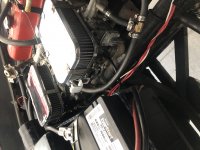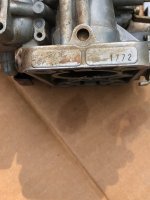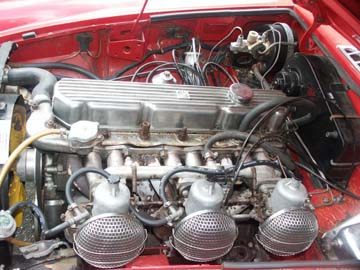Rocky_LC
Jedi Trainee
Offline
I’ve got a TVR 2500M.
It’s been converted over to a pair of DGV’s, on a Pierce manifold.
It runs pretty good when driving, but whenever I pull up to a stoplight, the car stalls. Also get a lot of backfiring when I let off the gas.
would like a little advice, I’m going to initially try to just pump up the idle a bit, but maybe there’s something I don’t understand about these guys. I haven’t really messed with them yet, only had the car for about a week.
I know there’s some Weber experts around here. Thanks.
Rocky
It’s been converted over to a pair of DGV’s, on a Pierce manifold.
It runs pretty good when driving, but whenever I pull up to a stoplight, the car stalls. Also get a lot of backfiring when I let off the gas.
would like a little advice, I’m going to initially try to just pump up the idle a bit, but maybe there’s something I don’t understand about these guys. I haven’t really messed with them yet, only had the car for about a week.
I know there’s some Weber experts around here. Thanks.
Rocky

 Hi Guest!
Hi Guest!

 smilie in place of the real @
smilie in place of the real @
 Pretty Please - add it to our Events forum(s) and add to the calendar! >>
Pretty Please - add it to our Events forum(s) and add to the calendar! >> 





